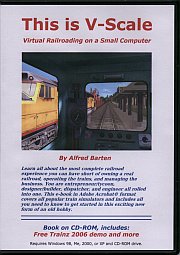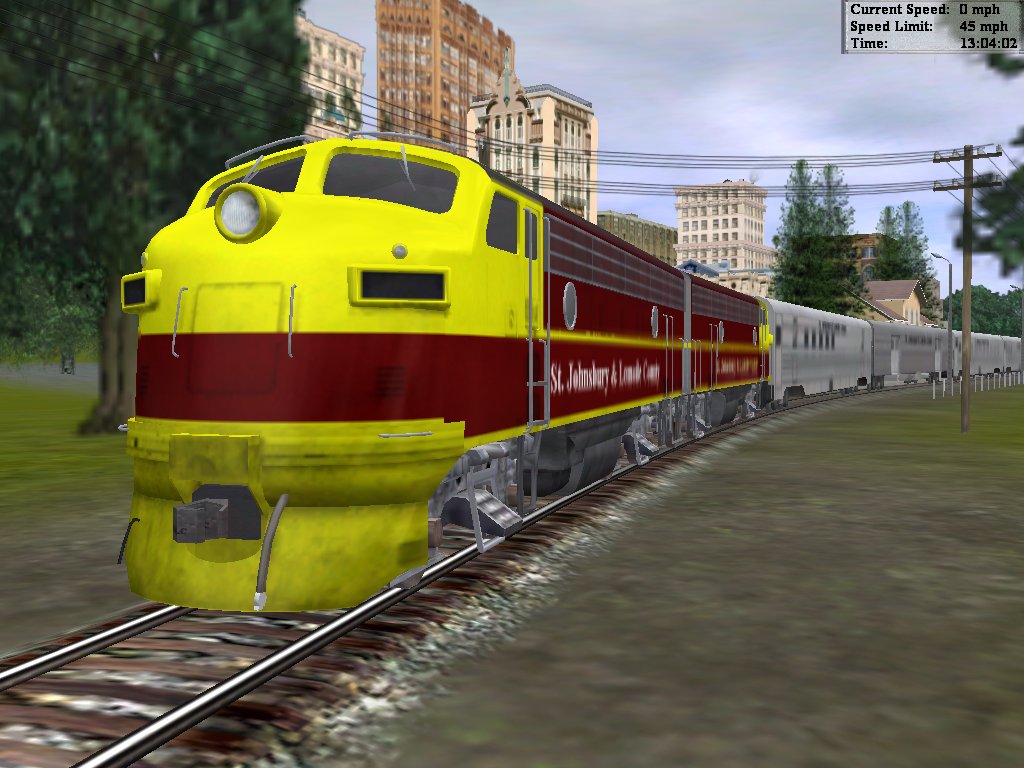Topic: Conductor
With all the doom and gloom, and all the economic woe taking place, the recession has finally caught up to software giant Microsoft. Recently, it came to my attention that their announced cutbacks will pretty much derail a big chunk of their game development studios, and specifically to us, MSTS 2.0.
For the time being all we have for commercial train simulators are MSTS 1.0, Trainz 2009, and Rail Simulator. Not a bad offering for our situation. MSTS 1.0 continues to have new routes and models created for it. Trainz 2004 ? 2009 continue to attract users, new content, and routes. And Rail Simulator is off to a good start, though it hasn?t exploded yet in third party development. Maybe this delay with MSTS 2.0 will bode well for Rail Simulator, giving them more time to further develop their product and content offerings.
From an American point of view, RS still is very lacking in American content. Compared to MSTS, RS is very sparse on what?s available. That?s ashamed because it really is a nice upgrade in capability that?s not too demanding on your system compared to MSTS. Trainz is still holding their own with a great product. I use TRS 2004 as my main simulator since route building is so easy in it.
I am planning on exploring RS soon with regards to route building. My first attempts ended in frustration since like MSTS RS seems to be more techie friendly than user friendly. On the outside they were moving in the right direction with their route builder working similarly to the Surveyor module in Trainz. However, the need to create route template files is confusing and until the process is learned and understood, stands as a major road block in route building for me.
I will master it, I?m confident of that, I just have to set enough time aside to properly learn how to create the templates and use DEM data with the game. Once I have that knowledge under my belt I?ll write some articles up for everyone on how to create routes with RS. Like MSTS, persistence will be the key to success!
For now, I am concentrating my efforts on using Trainz to build my Utah and Rocky Mountain railroad. At this point in time I?m working on the second major module for the layout. The current layout runs from Spokane to Moscow ID. The next module (currently under construction) will run from Moscow ID to Riggins ID. I?m currently working my way past Orofino ID. More to come on that project, so stay tuned.
For 2009, I?ve decided to create a new category on the blog for short stories and essays. I want to develop my writing skills in these two areas, and I figure writing about railroads might be a great way to do it. Since the blog is set up as a community blog, remember that you can create a Tripod account and log in to post your own articles and stories. I hope you?ll take advantage of that feature and help me to build this into a great place to learn and talk about trains!


 What is virtual railroading? Is it a game? Or, is it a hobby? Is it simply another avenue to model railroads with? Why are people either firmly for it? Or, vehemently opposed to it? Our title for this article is actually a qoute from a father to his son at a train show. It accurately reflects the attitude of the old school of model railroading, and the conflict with the younger generation who has been raised with a gaming attitude. How does virtual railroading get past this apparent mountain that blocks its acceptance into the mainstream of the model railroading hobby?
What is virtual railroading? Is it a game? Or, is it a hobby? Is it simply another avenue to model railroads with? Why are people either firmly for it? Or, vehemently opposed to it? Our title for this article is actually a qoute from a father to his son at a train show. It accurately reflects the attitude of the old school of model railroading, and the conflict with the younger generation who has been raised with a gaming attitude. How does virtual railroading get past this apparent mountain that blocks its acceptance into the mainstream of the model railroading hobby?